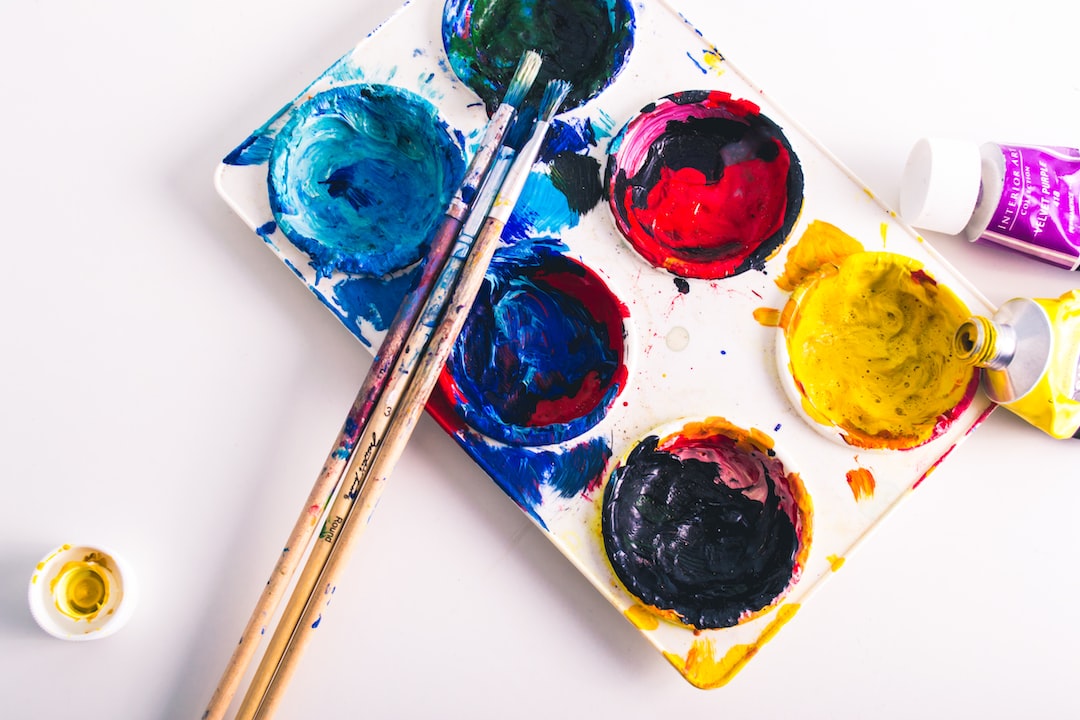Exploring the World of Photography: A Beginner’s Guide
In today’s society, photography plays an integral role in our lives. Whether it’s capturing precious moments, documenting landscapes, or expressing creative ideas, photography has become a powerful medium of communication. However, for beginners looking to delve into the world of photography, it can seem overwhelming and complex. Fear not, as this beginner’s guide will equip you with the necessary knowledge and skills to embark on your photographic journey.
Understanding the Basics
To start, it’s crucial to understand the fundamental elements of photography. The exposure triangle comprises three key components: aperture, shutter speed, and ISO. Aperture controls the amount of light entering the camera through the lens, while shutter speed regulates the duration of time the camera’s sensor is exposed to light. ISO measures the camera’s sensitivity to light. Balancing these three elements is essential in achieving well-exposed photographs.
Camera Types and Lenses
There’s a wide variety of camera types available on the market, ranging from compact point-and-shoot cameras to advanced DSLRs (Digital Single-Lens Reflex) and mirrorless cameras. As a beginner, consider investing in an entry-level DSLR or mirrorless camera to gain more control and flexibility in your photography. Furthermore, understanding the concept of lenses is important. Different lenses serve various purposes, such as wide-angle lenses for landscapes and telephoto lenses for capturing distant subjects. Start with a versatile zoom lens to explore different fields of photography.
Composition Techniques
Composition refers to how elements are arranged within a photograph. By adopting various composition techniques, you can enhance the visual impact of your images. These techniques include the rule of thirds, leading lines, framing, symmetry, and perspective. Experimenting with composition techniques can greatly improve the overall aesthetics and storytelling in your photographs.
Mastering Light
Light is one of the most critical elements in photography, as it directly influences the mood, colors, and textures of an image. Learning to observe and manipulate light is essential for creating stunning photographs. Natural light is abundant and readily available, making it ideal for beginners. Experiment with different lighting conditions, such as the golden hour (early morning or late afternoon), diffused light on cloudy days, or dramatic sidelight during sunset. Additionally, consider using reflectors or external flash units to control and shape light according to your desired outcome.
Understanding Camera Modes
Most cameras offer different shooting modes that cater to various scenarios. As a beginner, start with the automatic or program mode to let the camera handle the technical aspects while you focus on composition. Once you gain confidence, switch to aperture priority (A or Av) mode to control the depth of field or shutter priority (S or Tv) mode to control motion blur. Eventually, explore manual mode (M) to have complete control over all aspects of exposure.
Post-Processing and Editing
Post-processing and editing have become an integral part of modern photography. While it’s essential to strive for a well-exposed image straight out of the camera, editing can enhance your photographs even further. Utilize software such as Adobe Lightroom or Photoshop to adjust exposure, contrast, colors, and sharpness. However, remember that editing should complement the image and not heavily alter its essence. Aim for a natural-looking final result.
Continuous Learning and Experimentation
Photography is a continuous learning process. As a beginner, it’s crucial to invest time in exploring different genres of photography and studying the works of established photographers. Online resources, tutorials, and photography communities are great platforms to gain inspiration and knowledge. Furthermore, don’t be afraid to experiment and step out of your comfort zone. Photography is an art form, and pushing boundaries will help you develop your unique style and perspective.
Building a Photography Portfolio
As you progress in your photographic journey, consider building a portfolio to showcase your best work. A portfolio is a compilation of images that reflects your skills, creativity, and personal style. Focus on selecting your strongest images across various genres and display them cohesively in an aesthetically pleasing manner. A well-curated portfolio will not only impress potential clients or employers but will also serve as a source of motivation and pride.
Conclusion
Exploring the world of photography as a beginner can be an exciting and rewarding experience. By understanding the basics, investing in the right equipment, mastering composition and light, utilizing different camera modes, and continuously learning and experimenting, you’ll be well on your way to becoming a proficient photographer. Remember that photography is about capturing moments, telling stories, and expressing yourself. So grab your camera, unleash your creativity, and embark on a remarkable photographic journey.
